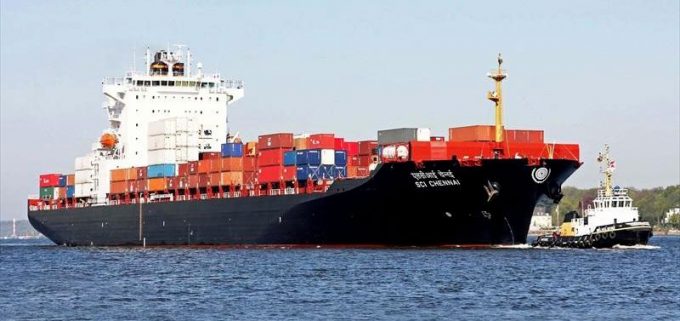More luck than judgment? Top 10 box lines enjoy elusive balance
Something of a sweet spot?

With its privatisation plan in limbo, Shipping Corporation of India (SCI) is making a renewed pitch to pump up its sagging container profile in the long-haul trades, according to industry sources.
The national carrier – of which the government owns 63.75% – was put on the ...
MSC switches two more Asia-Europe port calls from congested Antwerp
Front-loading frenzy has made traditional H2 peak season 'unlikely'
Tradelanes: Export boom in Indian sub-continent triggers rise in airfreight rates
Carriers introduce surcharges as congestion builds at African ports
Mexican airport modernisation plan unlikely to boost cargo facilities
Ports and supply chain operators weigh in on funding for CPB
Box ship overcapacity threat from carrier appetite for new tonnage
Tradelanes: Overcapacity on Asia-S America impacting alliances and rates

Comment on this article